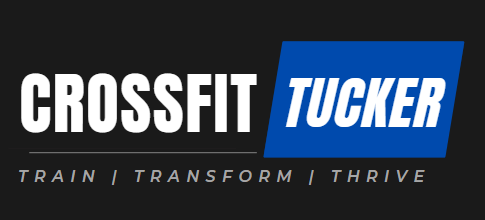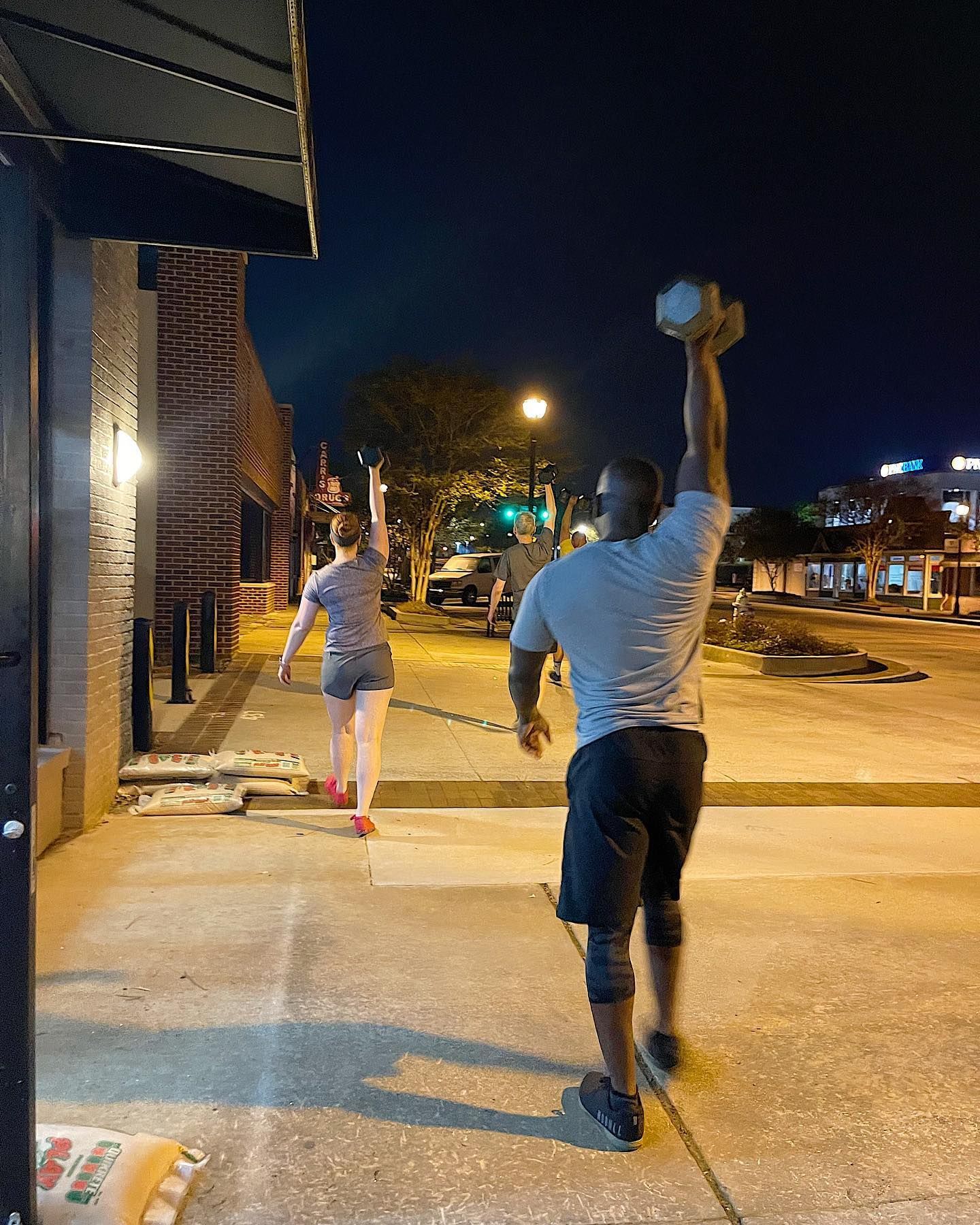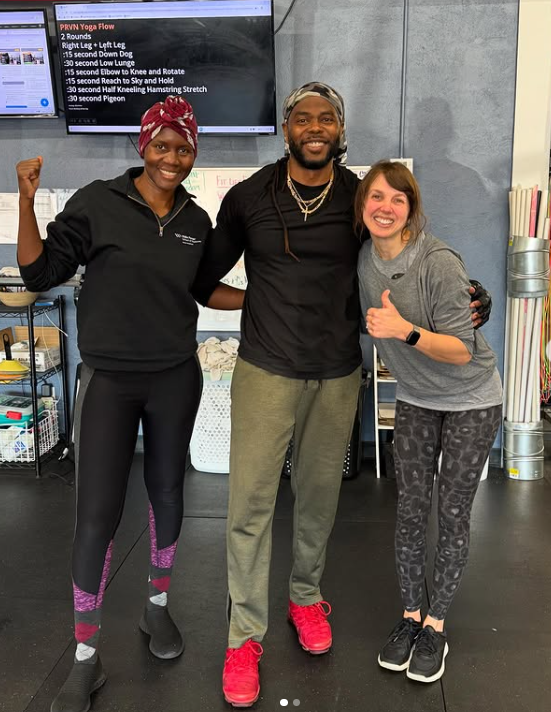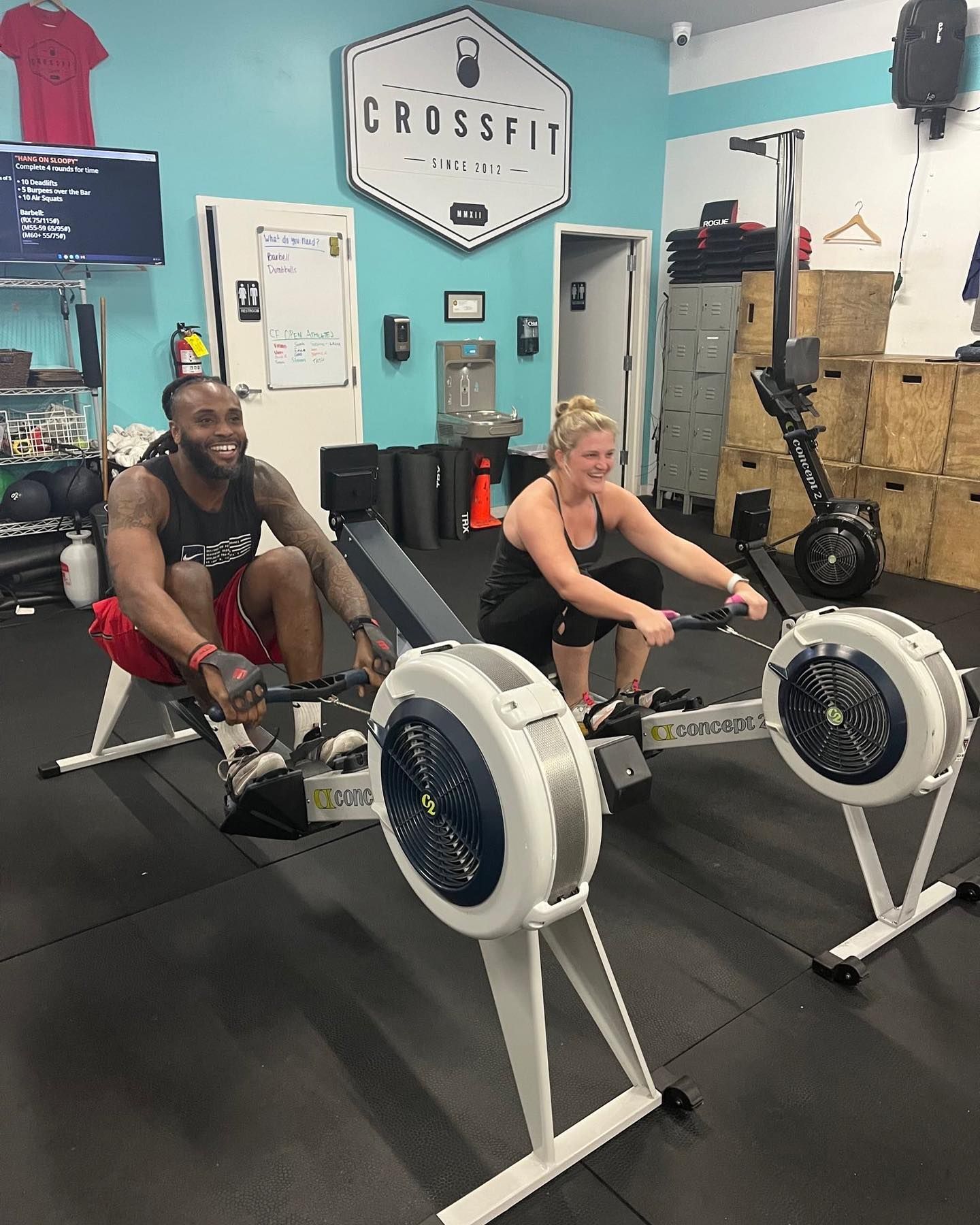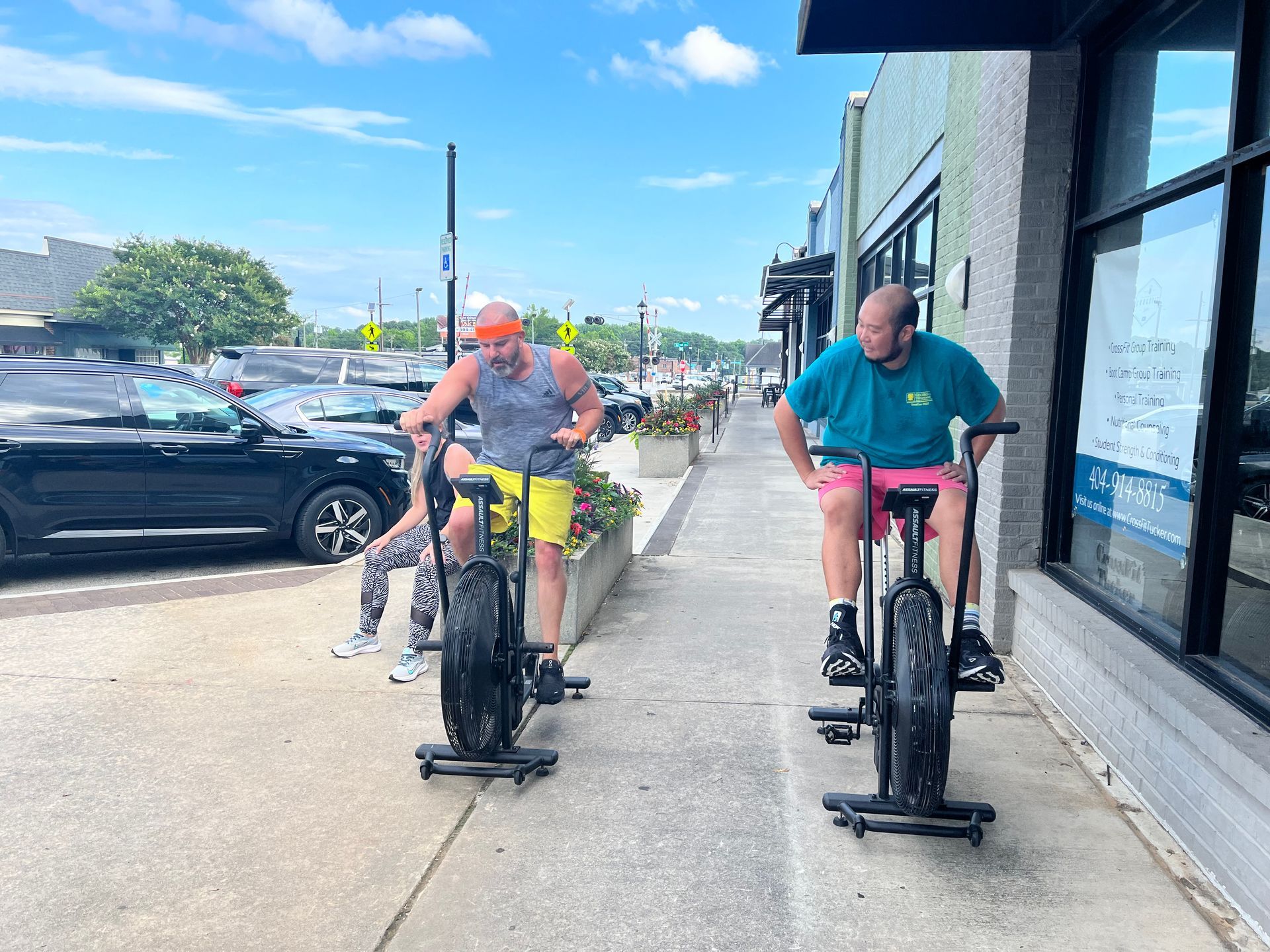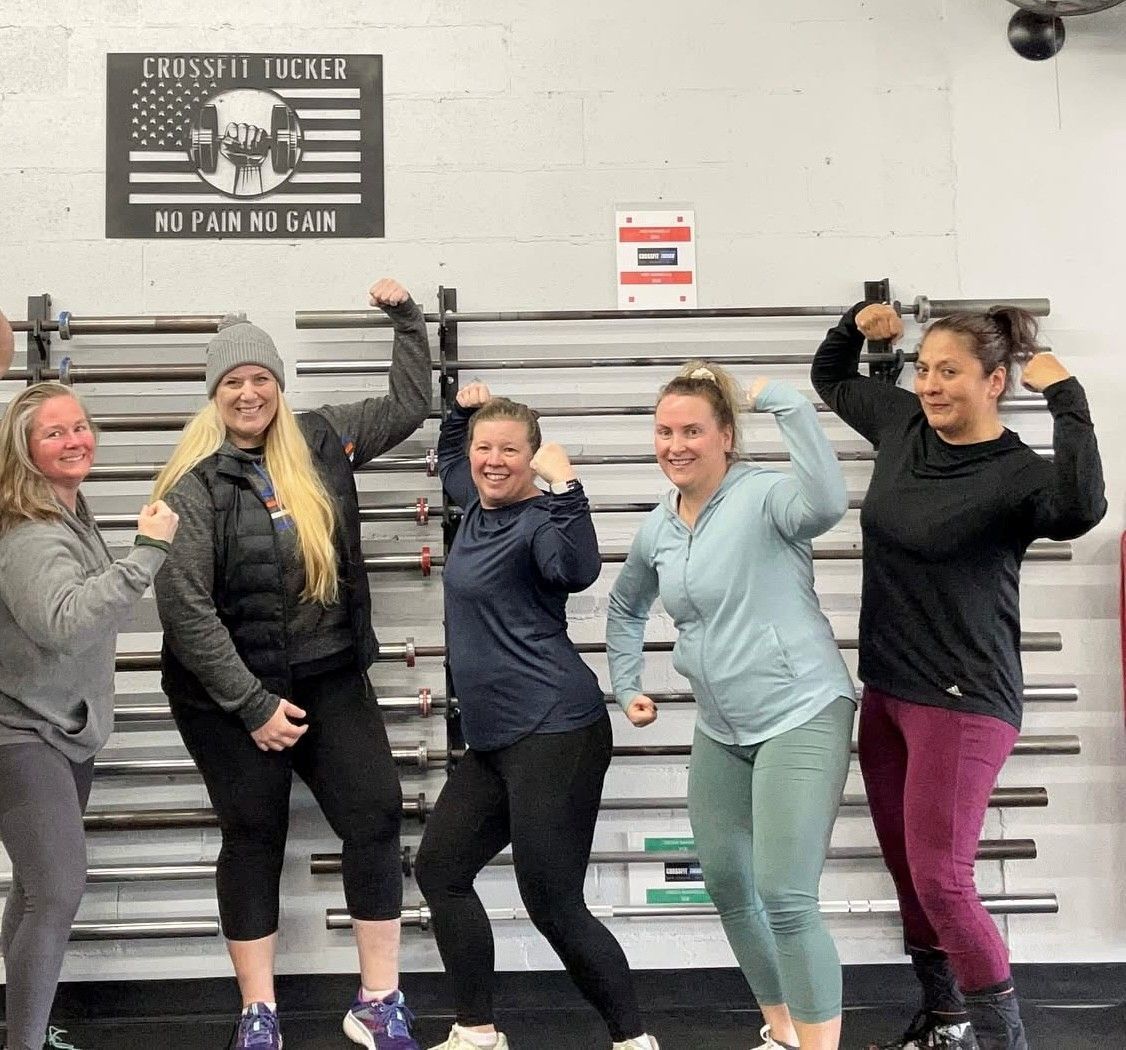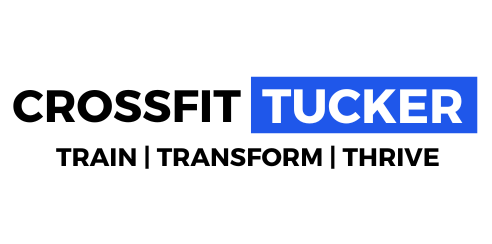By Leann Wheeler
•
February 17, 2025
In the world of fitness, training techniques vary widely, and understanding which method best suits your goals can be crucial. One approach gaining significant attention is Zone Two training. This article will delve into what Zone Two training is, its importance for overall fitness, its effectiveness as a fat burner, and how it compares to high-intensity training. What is Zone Two Training? Zone Two training refers to exercising at a moderate intensity level where your heart rate is typically between 60% to 70% of your maximum heart rate. This zone allows your body to efficiently use fat as its primary fuel source while still maintaining a steady pace. Activities such as jogging, brisk walking, or cycling at a comfortable speed often fall into this zone. Zone Two training is important because it builds aerobic capacity, enhances endurance, and promotes cardiovascular health. It is an accessible form of training that can benefit individuals at any fitness level. How does zone two training help me become fitter? 1. One of the standout benefits of Zone Two training is its ability to burn fat for energy. Unlike high-intensity workouts that rely heavily on carbohydrates for immediate fuel, Zone Two allows your body to utilize stored fat, which can lead to improved body composition over time. 2. By staying in this aerobic zone, you build a stronger cardiovascular system, allowing you to sustain exercise for longer periods. This translates to enhanced stamina in daily activities and other workouts. 3. Since Zone Two training is moderate in intensity, it allows for recovery from more strenuous workouts, thereby reducing the risk of injury. 4. Many find Zone Two training easier to incorporate into a routine because it is less physically taxing than high-intensity workouts. It can be performed more frequently, contributing to consistent fitness gains. What’s the difference between Zone Two and High-Intensity Training? While both zone two training and high-intensity interval training (HIIT) have their benefits, they serve different purposes: Intensity: High-intensity training involves short bursts of maximum effort, typically pushing your heart rate to 80-90% of its maximum. In contrast, Zone Two training maintains a moderate, steady intensity. Energy Source: HIIT primarily relies on carbohydrates as a quick source of energy, while Zone Two training promotes fat oxidation, making it preferable for those focusing on fat loss. Workout Duration: HIIT sessions are usually shorter (20-30 minutes) but require ample recovery time. Zone Two workouts can last longer (30-60 minutes or more) and can be performed consistently. What are the benefits of each training method? High-Intensity Training: • Builds strength and muscle mass. • Increases metabolism in the post-exercise period. • Improves cardiovascular fitness in a shorter time frame. Zone Two Training: • Enhances aerobic capacity and endurance. • Utilizes fat stores efficiently, ideal for weight loss. • Offers a lower risk of injury, making it sustainable for long-term fitness. At CrossFit Tucker we incorporate a combination of functional strength, zone two and HIIT training into your fitness regimen which is a game-changer for anyone looking to become a fitter version of themselves. Z2 training has great fat-burning qualities, combined with the benefits of improved endurance and reduced injury risk, making it an essential component of a well-rounded fitness plan. While high-intensity training increases metabolism, functional capacity with a side effect of muscle gain, understanding and utilizing both training modalities can help you achieve your health and fitness goals sustainably. So why not give it a try? Your body will thank you!

